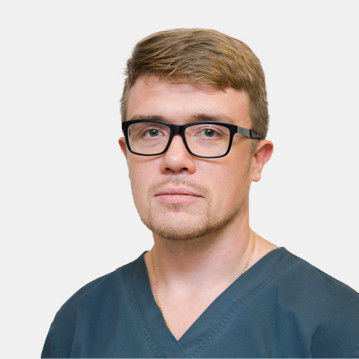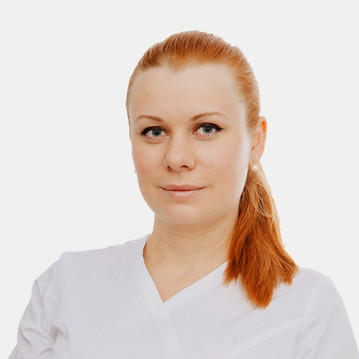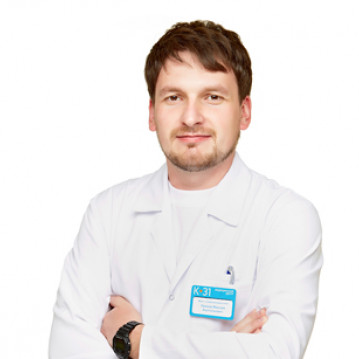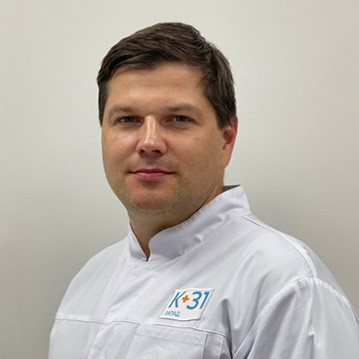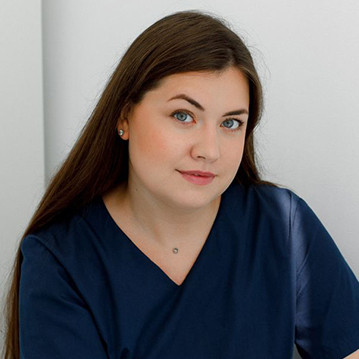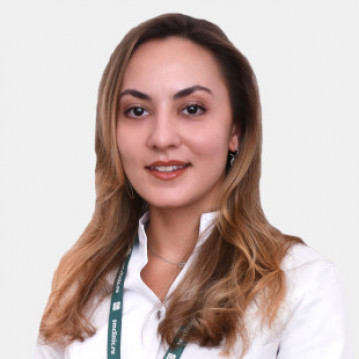Diagnostics in otolaryngology

specialists

equipment

treatment
X-ray diagnostics of ENT organs
Computed tomography in the diagnosis of ENT diseases

Computed tomography (CT) of the ENT organs is an advanced research method that allows you to obtain detailed images of the internal structures of the head and neck. The use of multislice tomographs ensures high accuracy of results due to the simultaneous acquisition of multiple sections.
Computed tomography can be performed either with or without contrast. The use of contrast improves the visualization of blood vessels and tissues, allowing a more accurate determination of the presence of inflammation and tumors. Non-contrast CT is used to evaluate bone structures. It is less informative for the study of soft tissues.
CT effectively detects:
- Developmental anomalies
- Injuries and destructive changes in bones
- Inflammatory processes in the sinuses and throat
- Neoplastic growths, including cysts and tumors
- Foreign bodies and their consequences
- Dental diseases affecting the condition of the sinuses
CT scanning does not require any special preparation. Before performing a procedure with contrast, you need to check the condition of your kidneys. Breastfeeding women are advised to express milk in advance, as it is necessary to skip several feedings after contrast administration.
Before a CT scan, the patient removes metal objects to prevent distortions in the images. The examination takes place in a lying position on a tomograph couch and lasts about 10 minutes. If contrast is used, the duration of the procedure is 30-40 minutes.

Features and advantages of MSCT
- Safety and painlessness
- High accuracy of results
- Duration shorter than MRI
- Simultaneous acquisition of images of bones, soft tissues and blood vessels
- More detailed images than standard X-ray and CT images
- Less sensitivity to patient movements than MRI
- No need for additional intervention in the body
- Possibility of performing patients with implants, unlike MRI
Other research methods in otolaryngology
There are other diagnostic methods:
Audiometry is an instrumental study that helps determine hearing acuity. During the procedure, the patient listens to a series of sounds of varying frequencies and volumes through headphones, and the specialist records the lowest volume at which the sound is still audible
Acumetry is a simpler test for assessing hearing. The doctor uses a medical tuning fork to make sounds near the patient's ear or touch the bones of the skull to test the air and bone conduction of sound
Olfactometry is a technique for measuring the acuity of smell. The patient is asked to smell odors with different intensities in order to determine the threshold for the perception of odors and possible disturbances in the sense of smell.
Methods such as tympanometry to assess the functioning of the eardrum and middle ear, and rhinoscopy to visualize the nasal cavity are also used.

How is an appointment with an otolaryngologist at K+31?
During the initial appointment, the doctor questions the patient in detail about complaints, clarifies the history of the disease, and lifestyle. Next, a thorough visual examination of the pharynx is performed.
Our medical center is equipped with modern expert-class diagnostic equipment, and our staff includes highly qualified and experienced doctors who are always ready to help.
Our doctors

This award is given to clinics with the highest ratings according to user ratings, a large number of requests from this site, and in the absence of critical violations.

This award is given to clinics with the highest ratings according to user ratings. It means that the place is known, loved, and definitely worth visiting.

The ProDoctors portal collected 500 thousand reviews, compiled a rating of doctors based on them and awarded the best. We are proud that our doctors are among those awarded.
Make an appointment at a convenient time on the nearest date
Price















